International
Venezuela, Colombia restore diplomatic ties after three-year break
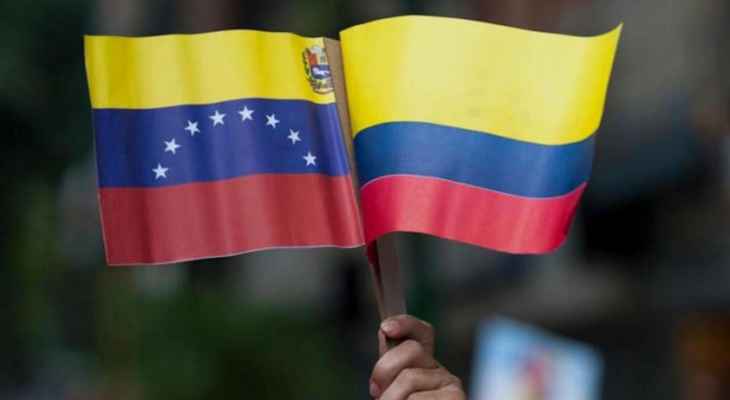
AFP
Venezuela and Colombia restored full diplomatic relations Sunday after a three-year break, as a new leftist government in Bogota takes shape.
A new Colombian ambassador, Armando Benedetti, arrived in Caracas and said on Twitter: “Relations with Venezuela should never have been severed. We are brothers and an imaginary line cannot separate us.”
He was welcomed by deputy foreign minister Rander Pena Ramirez, who tweeted that “our historical ties summon us to work together for the happiness of our peoples.”
Colombia’s new leftist president, Gustavo Petro, and Venezuela’s socialist president Nicolas Maduro announced on August 11 that they planned to restore diplomatic relations that were severed in 2019.
That rupture was the culmination of years of tension between leftist Venezuela and Colombia under successive conservative presidents, starting with Alvaro Uribe.
Embassies and consulates in both countries were closed, and flights between the neighbors grounded.
Even the 2,000-kilometer (1,200-mile) land border between the two countries was closed between 2019 and October 2021, when it was opened to pedestrians only.
Petro is Colombia’s first leftist president.
The last president in Colombia, Ivan Duque, did not recognize Maduro as president — but rather opposition leader Juan Guaido.
Colombia was one of around 60 countries to do so, having rejected Venezuela’s 2018 presidential election, which was boycotted by the opposition.
In addition to exchanging ambassadors, the normalization process will include the full reopening of the border, which has remained largely closed to vehicles.
The porous frontier has been the scene of clashes between armed groups.
Caracas and Bogota have also announced intentions to restore military relations.
Benedetti said more than eight million Colombians make a living from trade with Venezuela, which is why one of the objectives is to re-establish trade relations between the two countries.
A similar expectation exists on the Venezuelan side, where industrialists want to normalize the trade that reached $7.2 billion in 2008 but collapsed with the border closure.
International
Five laboratories investigated in Spain over possible African Swine Fever leak
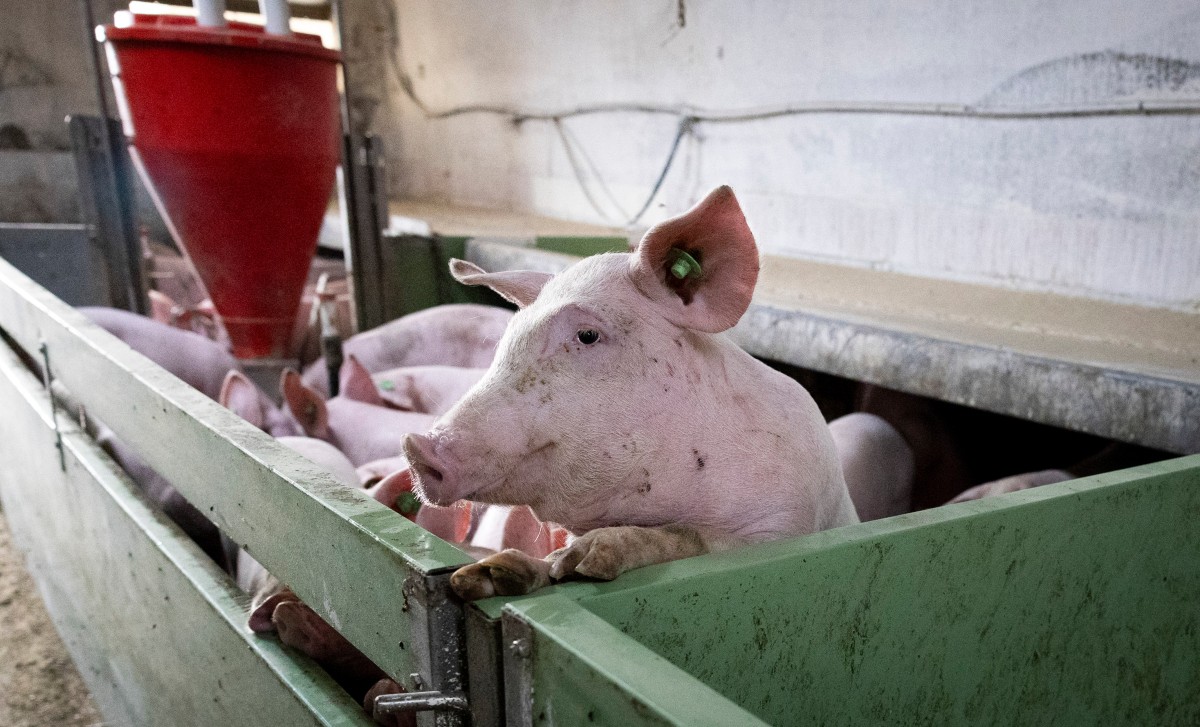
Catalan authorities announced this Saturday that a total of five laboratories are under investigation over a possible leak of the African swine fever virus, which is currently affecting Spain and has put Europe’s largest pork producer on alert.
“We have commissioned an audit of all facilities, of all centers within the 20-kilometer risk zone that are working with the African swine fever virus,” said Salvador Illa, president of the Catalonia regional government, during a press conference. Catalonia is the only Spanish region affected so far. “There are only a few centers, no more than five,” Illa added, one day after the first laboratory was announced as a potential source of the outbreak.
Illa also reported that the 80,000 pigs located on the 55 farms within the risk zone are healthy and “can be made available for human consumption following the established protocols.” Therefore, he said, “they may be safely marketed on the Spanish market.”
International
María Corina Machado says Venezuela’s political transition “must take place”
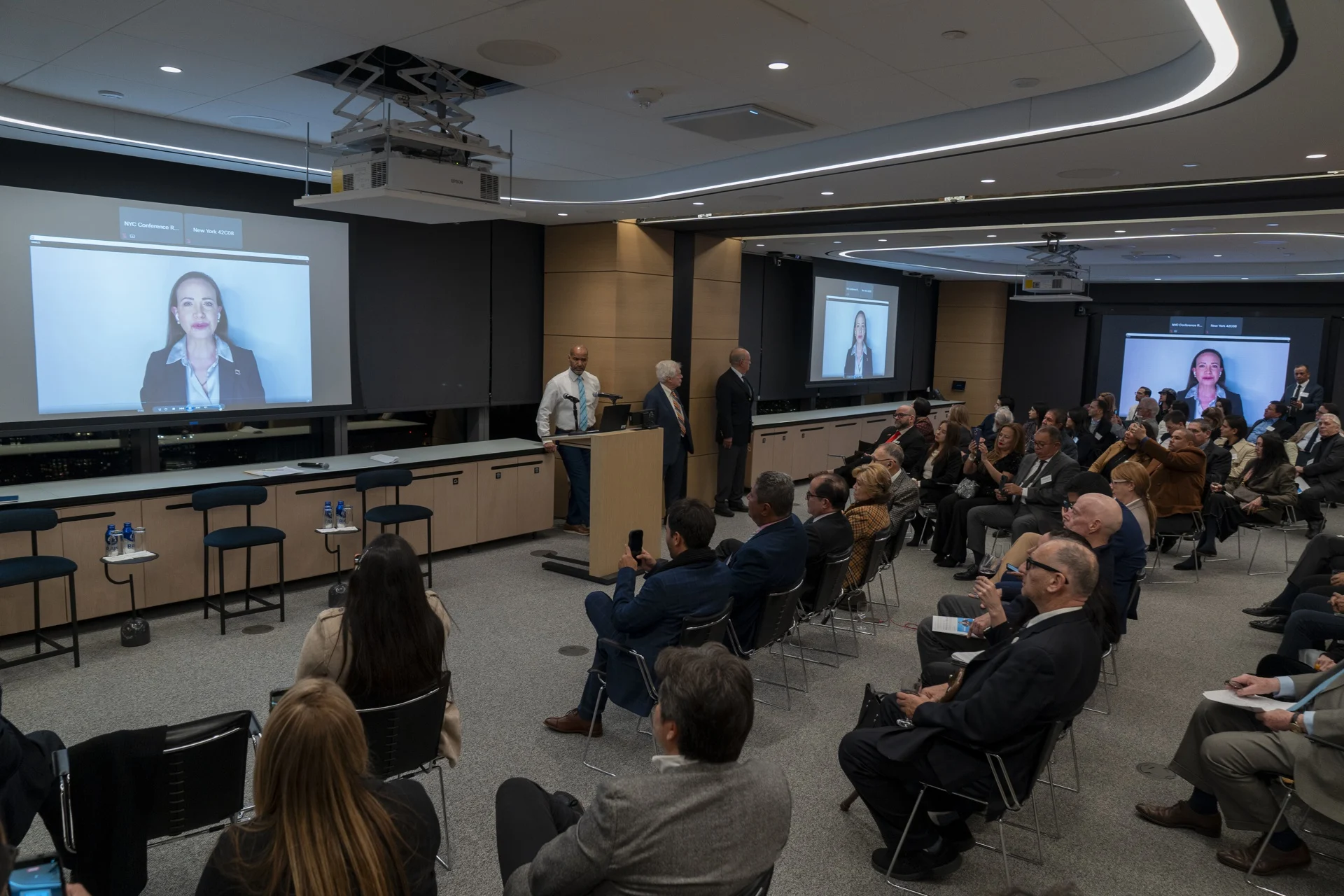
Venezuelan opposition leader María Corina Machado said this Thursday, during a virtual appearance at an event hosted by the Venezuelan-American Association of the U.S. (VAAUS) in New York, that Venezuela’s political transition “must take place” and that the opposition is now “more organized than ever.”
Machado, who is set to receive the Nobel Peace Prize on December 10 in Oslo, Norway — although it is not yet known whether she will attend — stressed that the opposition is currently focused on defining “what comes next” to ensure that the transition is “orderly and effective.”
“We have legitimate leadership and a clear mandate from the people,” she said, adding that the international community supports this position.
Her remarks come amid a hardening of U.S. policy toward the government of Nicolás Maduro, with new economic sanctions and what has been described as the “full closure” of airspace over and around Venezuela — a measure aimed at airlines, pilots, and alleged traffickers — increasing pressure on Caracas and further complicating both air mobility and international commercial operations.
During her speech, Machado highlighted the resilience of the Venezuelan people, who “have suffered, but refuse to surrender,” and said the opposition is facing repression with “dignity and moral strength,” including “exiles and political prisoners who have been separated from their families and have given everything for the democratic cause.”
She also thanked U.S. President Donald Trump for recognizing that Venezuela’s transition is “a priority” and for his role as a “key figure in international pressure against the Maduro regime.”
“Is change coming? Absolutely yes,” Machado said, before concluding that “Venezuela will be free.”
International
Catalonia’s president calls for greater ambition in defending democracy
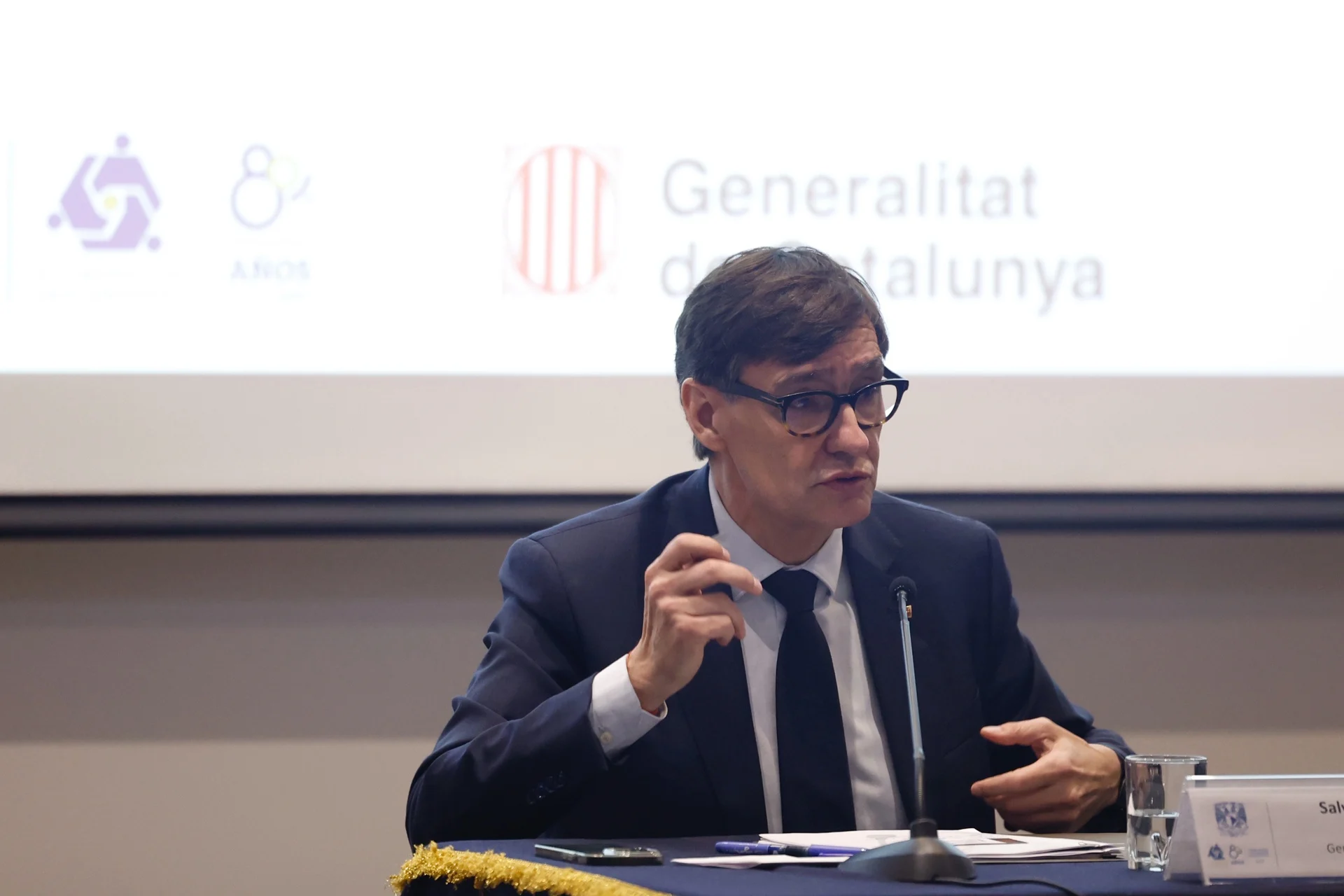
The President of the Generalitat of Catalonia, Salvador Illa, on Thursday called for being “more ambitious” in defending democracy, which he warned is being threatened “from within” by inequality, extremism, and hate speech driven by what he described as a “politics of intimidation,” on the final day of his visit to Mexico.
“The greatest threat to democracies is born within themselves. It is inequality and the winds of extremism. Both need each other and feed off one another,” Illa said during a speech at the National Autonomous University of Mexico (UNAM) in Mexico City.
In his address, Illa stated that in the face of extremism, society can adopt “two attitudes: hope or fear,” and warned that hate-driven rhetoric seeks to weaken citizens’ resolve. “We must be aware that hate speech, the politics of intimidation, and threats in the form of tariffs, the persecution of migrants, drones flying over Europe, or even war like the invasion of Ukraine, or walls at the border, all pursue the same goal: to make citizens give up and renounce who they want to be,” he added.
Despite these challenges, he urged people “not to lose hope,” emphasizing that there is a “better alternative,” which he summarized as “dialogue, institutional cooperation, peace, and human values.”
“I sincerely believe that we must be more ambitious in our defense of democracy, and that we must remember, demonstrate, and put into practice everything we are capable of doing. Never before has humanity accumulated so much knowledge, so much capacity, and so much power to shape the future,” Illa stressed.
For that reason, he called for a daily defense of the democratic system “at all levels and by each person according to their responsibility,” warning that democracy is currently facing an “existential threat.”
-

 International3 days ago
International3 days agoWMO predicts 55% chance of weakened La Niña impacting global weather this winter
-

 Central America3 days ago
Central America3 days agoJuan Orlando Hernández thanks Donald Trump after U.S. pardon
-

 International5 days ago
International5 days agoVenezuela authorizes return flights as U.S. continues deportations amid rising tensions
-

 International5 days ago
International5 days ago20,000 rounds stolen from german army after driver leaves cargo unattended
-

 International3 days ago
International3 days agoRussian authorities ban Roblox citing child safety and moral concerns
-

 Internacionales3 days ago
Internacionales3 days agoJuan Orlando Hernández’s family takes time to decide next steps after surprise U.S. release
-

 International3 days ago
International3 days agoSpain’s PSOE summons Mark Zuckerberg over alleged mass surveillance on Android users
-

 International5 days ago
International5 days agoEl Chapo’s son Joaquín Guzmán López pleads guilty to U.S. drug trafficking charges
-
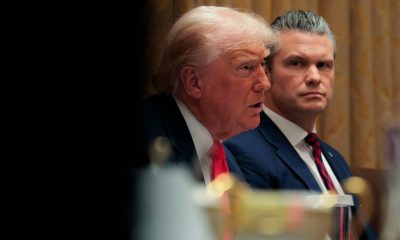
 International5 days ago
International5 days agoTrump convenes National Security Council as U.S.–Venezuela tensions intensify
-

 International3 days ago
International3 days agoClimate-driven rains trigger one of Indonesia’s deadliest flood emergencies in years
-
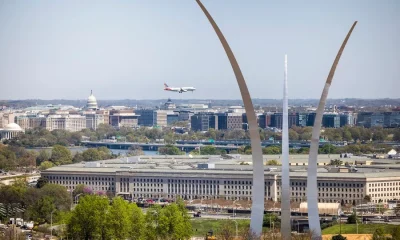
 International3 days ago
International3 days agoNew York Times sues Pentagon over new press restrictions, citing First Amendment violations
-
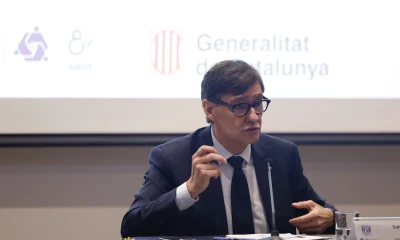
 International2 days ago
International2 days agoCatalonia’s president calls for greater ambition in defending democracy
-

 Central America16 hours ago
Central America16 hours agoHonduras vote vount drags on as Asfura and Nasralla remain in technical tie
-
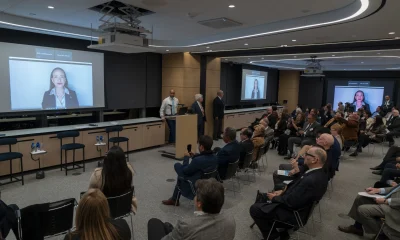
 International2 days ago
International2 days agoMaría Corina Machado says Venezuela’s political transition “must take place”
-
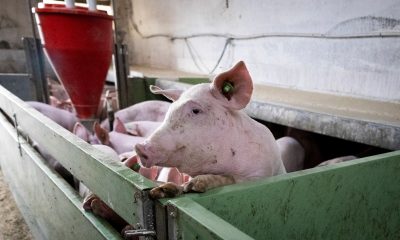
 International16 hours ago
International16 hours agoFive laboratories investigated in Spain over possible African Swine Fever leak


























